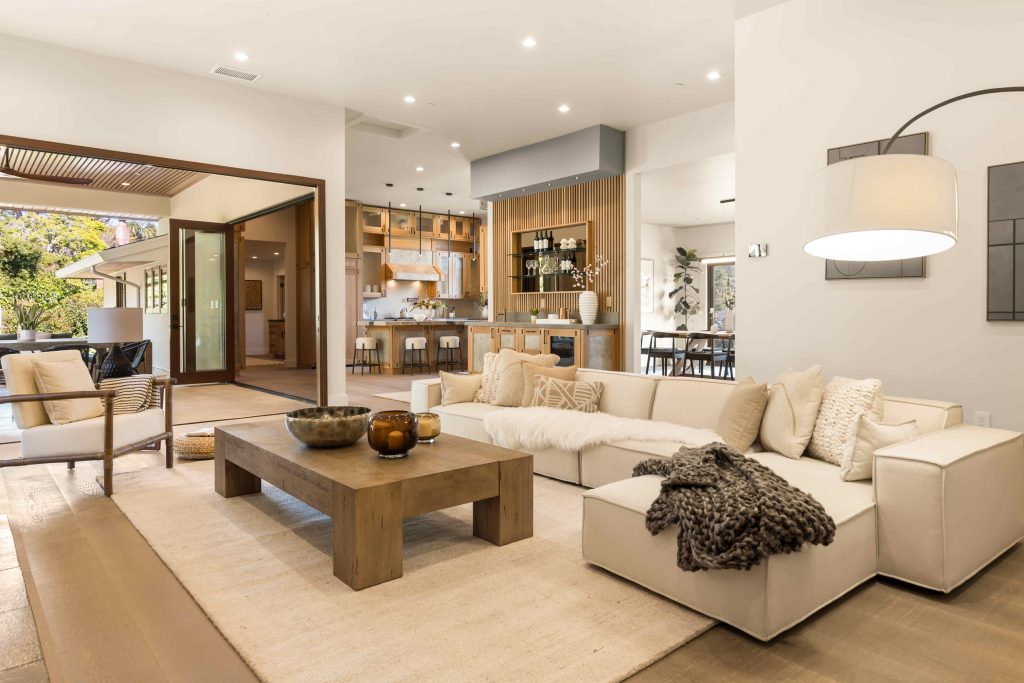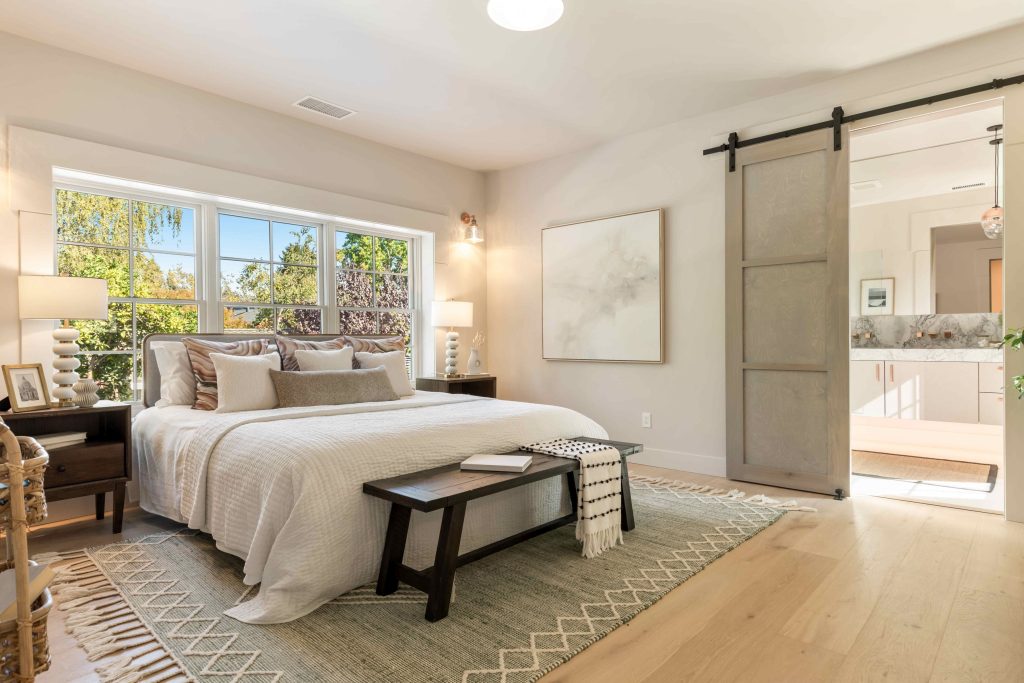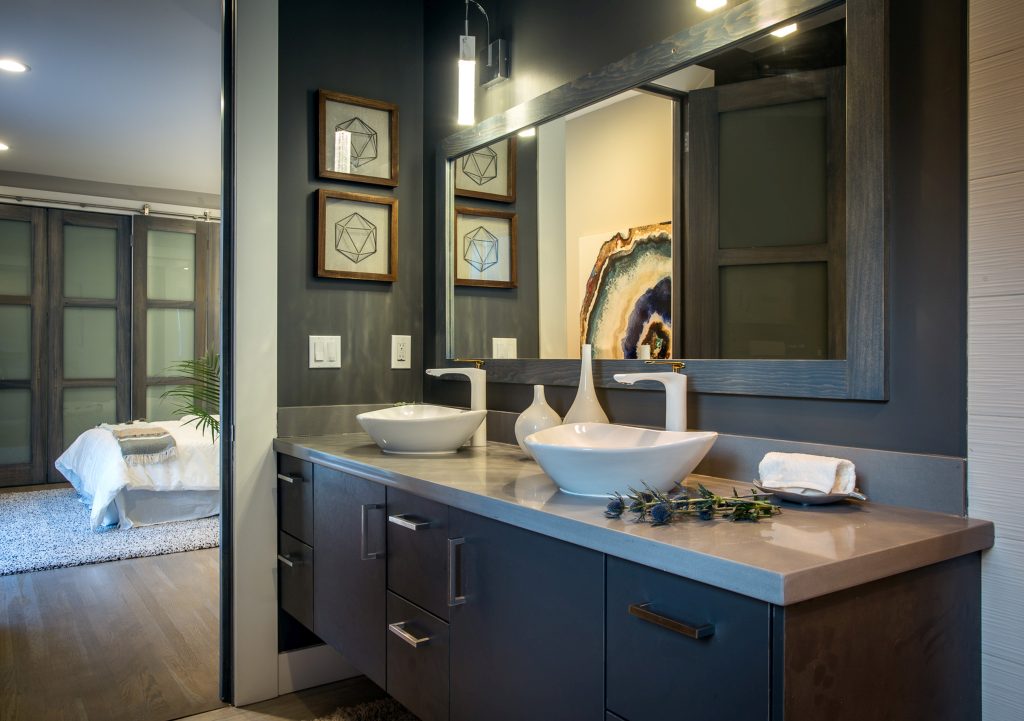Building an Accessory Dwelling Unit (ADU) is an exciting venture that offers a wealth of benefits, from additional rental income to providing housing for family members. However, one of the most common questions homeowners have when considering this project is: “How long does it take to build an ADU?” The answer to this question depends on several factors, including planning, design, permitting, and construction phases. In this article, we’ll explore each of these stages in detail to give you a comprehensive understanding of the timeline involved in building an ADU or a secondary suite.
Planning Phase: The Foundation of Success
The journey to building an accessory dwelling unit begins long before the first shovel hits the ground. The planning phase is crucial as it sets the stage for the entire project. During this period, you’ll need to:
- Research Local Regulations: ADU regulations vary widely by location. Understanding zoning laws, building codes, and other local requirements is essential. This step can take anywhere from a few weeks to a couple of months, depending on the complexity of the regulations and your familiarity with them.
- Assess Feasibility: Conduct a feasibility study to determine whether your property can accommodate an ADU. This includes checking lot size, utility access, and potential site constraints. Consulting with a professional can expedite this process, which typically takes a few weeks.
- Budgeting: Establishing a realistic budget is crucial. This involves getting estimates from contractors, architects, and other professionals. Budget planning can take several weeks as you gather and compare quotes.
Design Phase: Bringing Your Vision to Life
Once you have a solid plan in place, the next step is designing your ADU. This phase is where your vision starts to take shape:
- Architectural Design: Hiring an architect or designer to create detailed plans is essential. They will work with you to design an ADU that meets your needs and complies with local regulations. Depending on the complexity of the design, this can take anywhere from one to three months.
- Revisions and Approvals: After the initial design is complete, there will likely be a period of revisions based on your feedback. Additionally, the design will need to be reviewed and approved by local authorities. This review process can add another month or two to the timeline.
Permitting Phase: Navigating Bureaucracy
Obtaining the necessary permits is often the most unpredictable part of the ADU construction process. The time it takes can vary significantly based on your location:
- Submitting Applications: Once your design is finalized, you’ll need to submit permit applications to your local building department. This can take a few weeks, depending on the complexity of your project and the efficiency of your local authorities.
- Review and Approval: The review process for permits can be lengthy. In some areas, it might take just a few weeks, while in others, it can stretch into several months. During this time, building officials will check your plans to ensure they meet all codes and regulations.
- Additional Requirements: Sometimes, additional requirements or inspections may be necessary, which can further delay the process. It’s not uncommon for this phase to take anywhere from two to six months.
Construction Phase: Building Your ADU
With permits in hand, construction can finally begin. The duration of this phase depends on several factors, including the type of ADU, weather conditions, and contractor efficiency:
- Site Preparation: The first step in construction is site preparation, which includes clearing the area, grading, and setting up utilities. This process typically takes a few weeks.
- Foundation and Framing: Building the foundation and framing the structure are critical steps. For a detached ADU, this phase can take one to two months. Attached or interior ADUs may have shorter timelines, depending on the extent of the work.
- Plumbing, Electrical, and HVAC: Installing essential systems such as plumbing, electrical wiring, and HVAC typically takes another month. This work often occurs simultaneously with other construction activities.
- Interior and Exterior Finishing: Once the structural work is complete, finishing the interior and exterior of the ADU begins. This includes insulation, drywall, flooring, cabinetry, and exterior siding. This phase usually takes two to three months, depending on the level of detail and customization.
- Inspections and Final Approvals: Throughout the construction process, various inspections will be required to ensure compliance with building codes. The final inspection and approval can add a few weeks to the timeline.
Factors Influencing the Timeline
While the stages outlined provide a general framework, several factors can influence the overall timeline for building an ADU:
- Project Complexity: Simpler ADUs, such as garage conversions or interior units, typically take less time than custom-built, detached ADUs.
- Contractor Availability: The availability and efficiency of your chosen contractors can significantly impact the timeline. Delays in hiring or scheduling can add weeks or even months.
- Weather Conditions: Adverse weather conditions can delay construction, especially if you’re building a detached ADU.
- Supply Chain Issues: Delays in obtaining materials and supplies can also extend the construction timeline. This has become a more common issue in recent years due to global supply chain disruptions.
- Local Building Department Efficiency: The speed at which your local building department processes permits and inspections can vary widely.
Conclusion
In conclusion, while the process of building an ADU involves multiple stages and can take several months to over a year, the end result is a valuable addition to your property. Whether you’re seeking additional income, a flexible living arrangement for family members, or simply more space, the time and effort invested in constructing an ADU are well worth it. With careful planning, adherence to local regulations, and collaboration with experienced professionals, your ADU project can be a smooth and rewarding journey. For a seamless and expertly crafted ADU, trust Anura Design—where innovation meets elegance for a home that truly stands out.



